On the morning of May 19, continuing the 9th session of the 15th National Assembly , the Minister of Finance, on behalf of the Government, presented to the National Assembly a report on the transition to applying a number of special mechanisms and policies that have been allowed by the National Assembly to be implemented in a number of localities after implementation.
Minister of Finance Nguyen Van Thang presented a proposal to expand special mechanisms for 6 provinces and cities after the merger.
PHOTO: GIA HAN
In the submission, Mr. Thang said that the Government proposed that the National Assembly allow 5 localities: Hai Phong, Da Nang, Khanh Hoa, Ho Chi Minh City, Can Tho, after merging with other provinces and cities, to continue implementing the specific mechanisms and policies that the National Assembly had allowed to be implemented in the localities before merging into provincial-level administrative units.
As for Buon Ma Thuot City ( Dak Lak Province), the Government proposed to allow the new communes and wards in Buon Ma Thuot City after implementing the arrangement of commune-level administrative units to apply the special mechanisms and policies that the National Assembly has allowed to be implemented with Buon Ma Thuot City.
Minister Nguyen Van Thang said that Resolution 60 of the 11th Central Conference of the 13th tenure decided to build a two-level local government (provincial and communal levels); end district-level administrative units and the plan to merge provinces and cities from 63 provinces to 34 provinces and cities.
Up to now, the whole country has 10 localities applying special mechanisms and policies according to the laws and resolutions of the National Assembly. Implementing the merger of provinces and cities approved by the Party Central Committee, there will be 6 localities merging and consolidating with other provinces and cities: Hai Phong, Da Nang, Khanh Hoa, Dak Lak (related to Buon Ma Thuot City), Ho Chi Minh City and Can Tho City.
According to Mr. Thang, the merger of provincial-level administrative units and the termination of district-level administrative unit operations lead to changes in geographical boundaries, management scope, legal status, population size, socio-economic development situation, etc. of localities.
This raises an urgent need for transitional regulations on the continued application of specific mechanisms and policies being implemented in localities subject to rearrangement to ensure continuity and stability of legal regulations in management, operation and socio-economic development in these localities.
According to Mr. Thang, the Politburo also agreed in principle to allow localities after the merger to continue implementing the special mechanisms and policies that the National Assembly had allowed to be implemented for the localities before the merger. Allowing new communes and wards corresponding to the area of Buon Ma Thuot City to enjoy the special mechanisms and policies that were currently allowed to be implemented for Buon Ma Thuot City.
At the same time, the Politburo requested to institutionalize this policy in an appropriate form at the 9th session of the 15th National Assembly.
Chairman of the National Assembly's Economic and Financial Committee Phan Van Mai presented the audit report.
PHOTO: GIA HAN
Review and summarize specific mechanisms for nationwide application
Examining this issue, Chairman of the Economic and Financial Committee Phan Van Mai said that the examining agency agreed with the proposed policies.
However, Mr. Mai noted that the transition to applying specific mechanisms at the local level after the merger is not simply about expanding the scope of application but is related to many economic and budgetary aspects such as implementation resources and state budget revenue and expenditure policies.
Therefore, the review agency recommends that the Government direct attention to assessing the impact of policies, ensuring the principle of balancing revenue and expenditure according to the Budget Law is maintained. At the same time, the Politburo's conclusion on summarizing specific policies to adjust, supplement or legalize clear issues for nationwide application is implemented.
There are also suggestions that for cities applying special policy mechanisms to merge into provinces, it is necessary to redefine the regulation ratio to account for the division of the central budget and local budget.
According to the plan to merge provinces and cities approved by the Party Central Committee, Hai Phong will merge with Hai Duong, the name of the province after the merger will be Hai Phong City. Da Nang will merge with Quang Nam province, the name after the merger will be Da Nang City.
Khanh Hoa will merge with Ninh Thuan province, the name after the merger is Khanh Hoa. Dak Lak will merge with Phu Yen province, the name after the merger is Dak Lak.
Ho Chi Minh City will merge with the two provinces of Ba Ria - Vung Tau and Binh Duong, the merged name will be Ho Chi Minh City. Can Tho City will merge with Soc Trang and Hau Giang, the merged name will be Can Tho City, and the administrative center will be located in Can Tho City.
Thanhnien.vn
Source: https://thanhnien.vn/de-xuat-mo-rong-co-che-dac-thu-cho-6-tinh-thanh-sau-sap-nhap-18525051911160309.htm


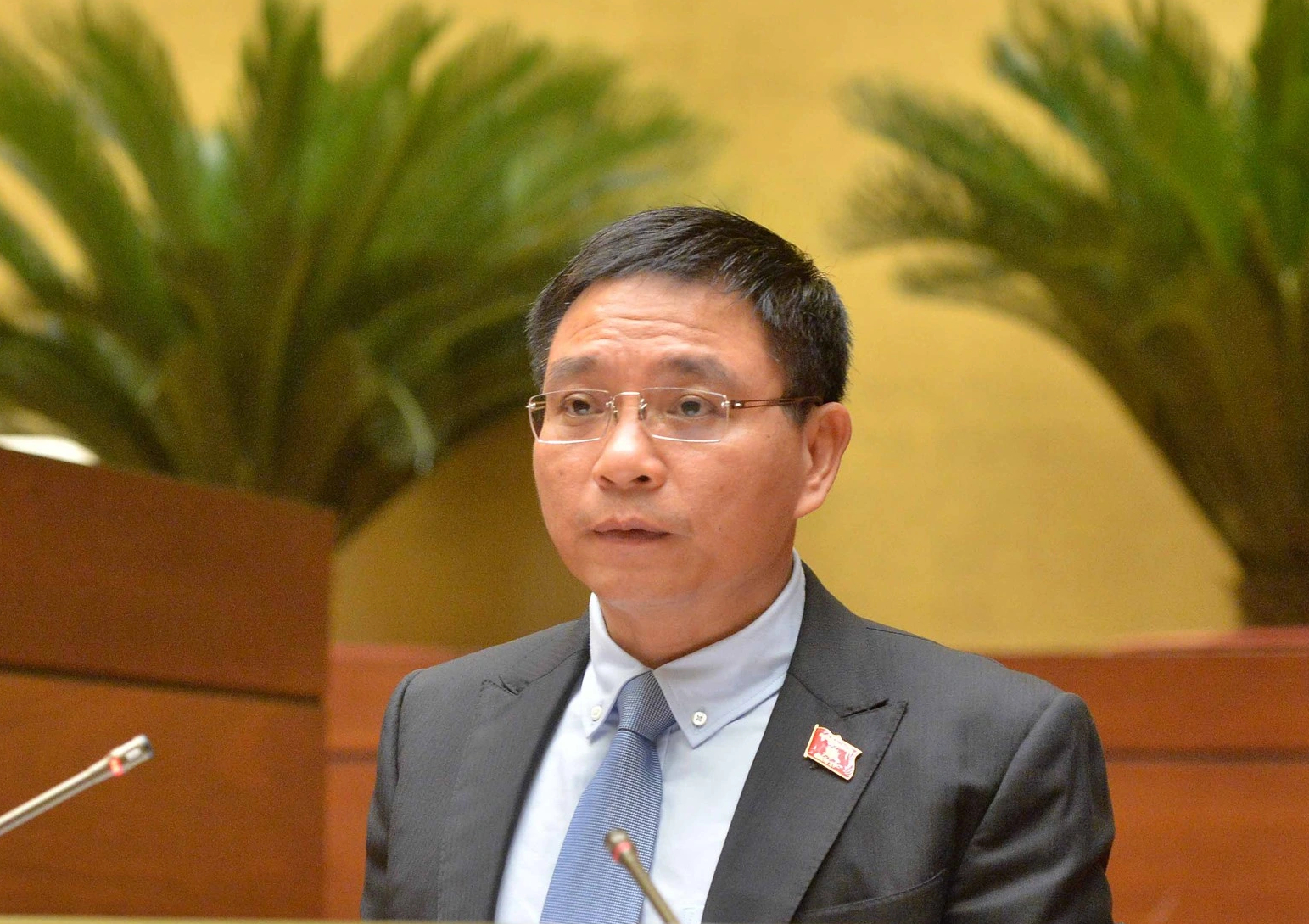
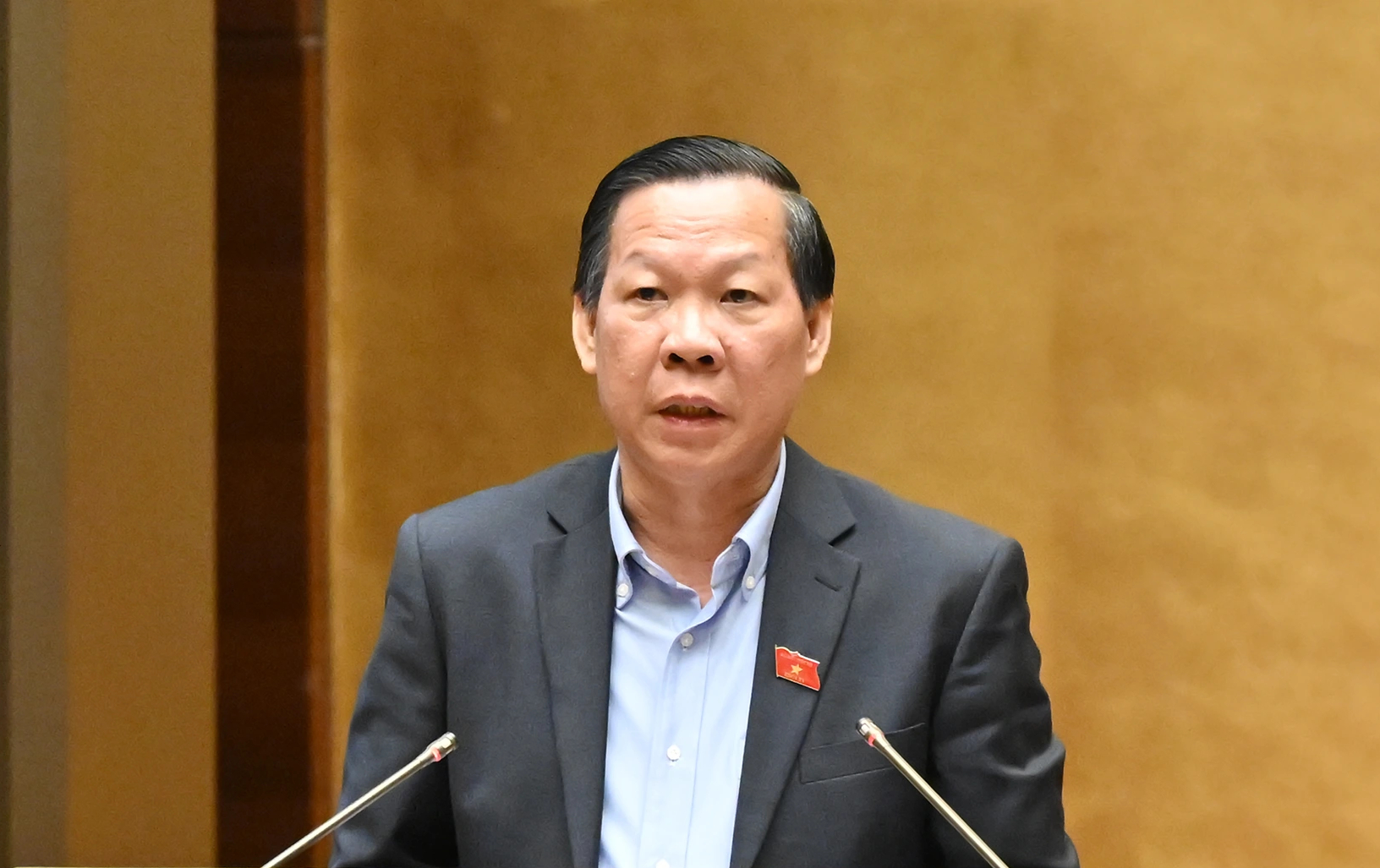

![[Photo] Chairman of the Hungarian Parliament visits President Ho Chi Minh's Mausoleum](https://vphoto.vietnam.vn/thumb/1200x675/vietnam/resource/IMAGE/2025/10/20/1760941009023_ndo_br_hungary-jpg.webp)
![[Photo] Solemn opening of the 10th Session, 15th National Assembly](https://vphoto.vietnam.vn/thumb/1200x675/vietnam/resource/IMAGE/2025/10/20/1760937111622_ndo_br_1-202-jpg.webp)
![[Photo] The Steering Committee of the 2025 Fall Fair checks the progress of the organization](https://vphoto.vietnam.vn/thumb/1200x675/vietnam/resource/IMAGE/2025/10/20/1760918203241_nam-5371-jpg.webp)
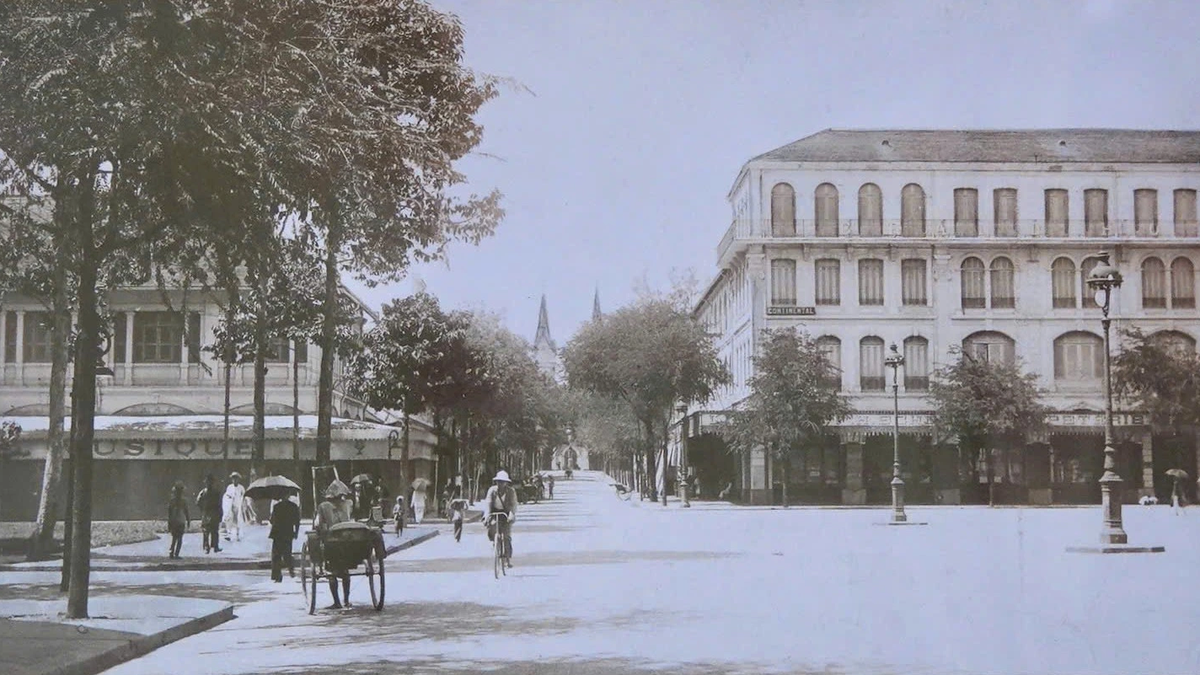

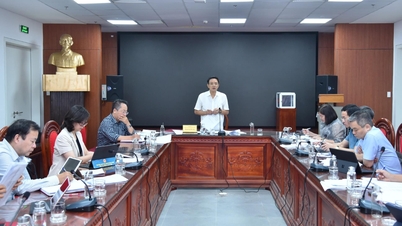

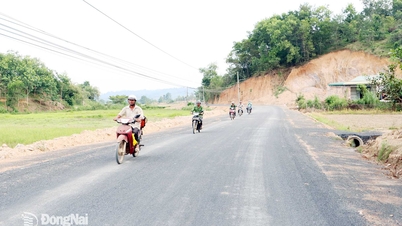

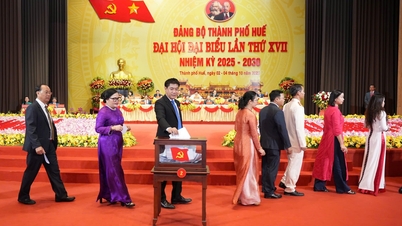






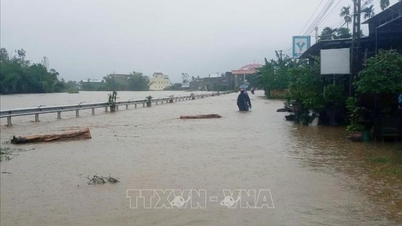

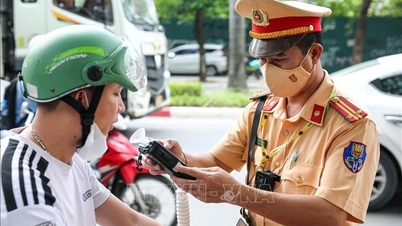
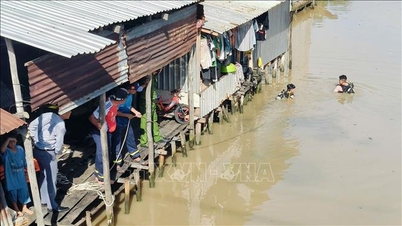
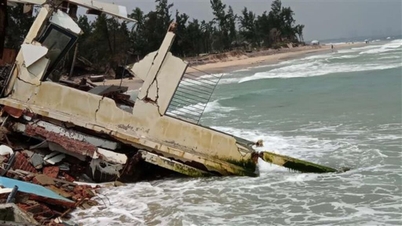
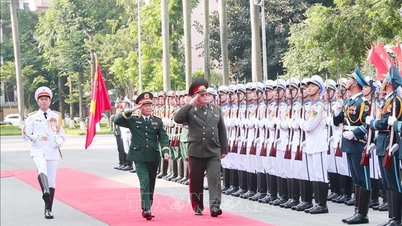





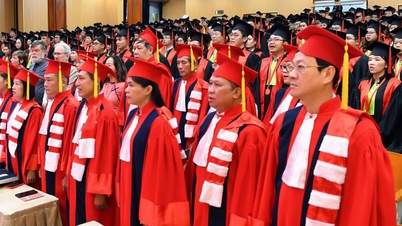




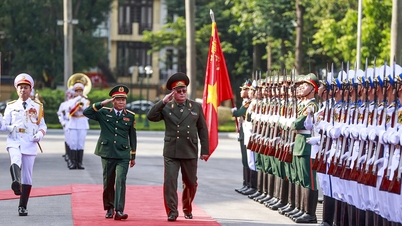



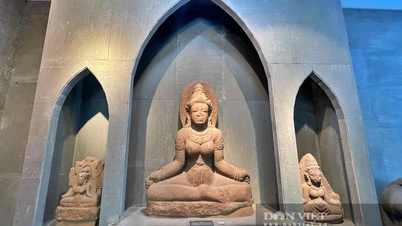

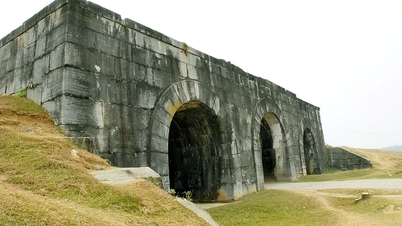

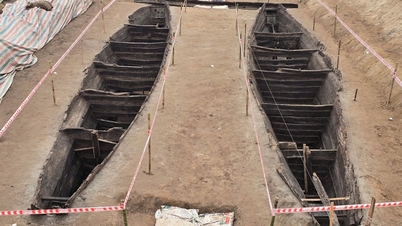

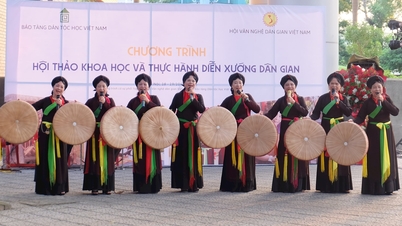



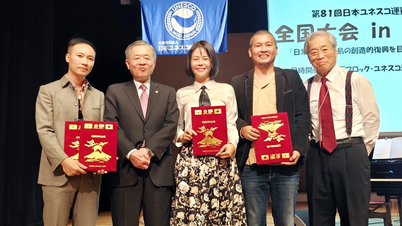




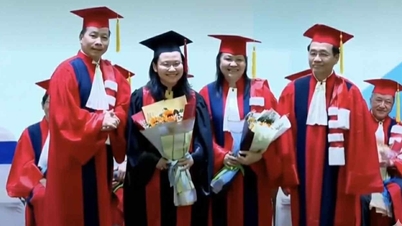



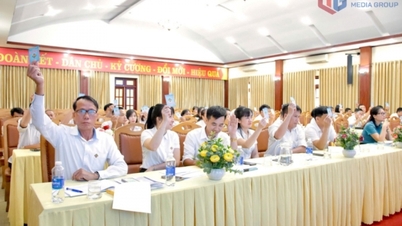

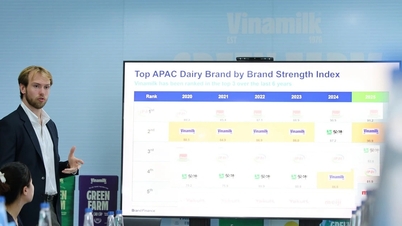
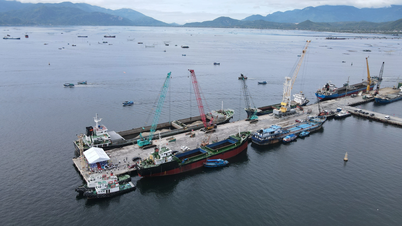


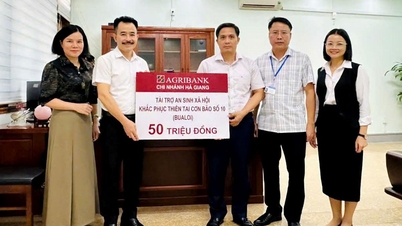










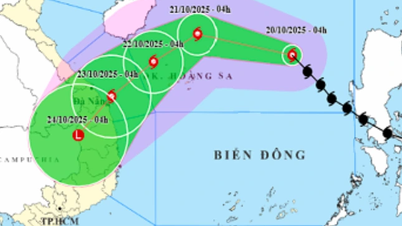

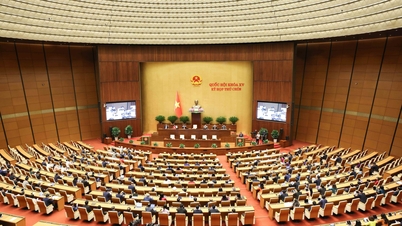


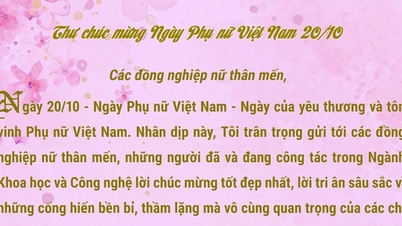

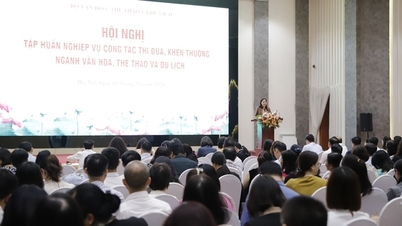


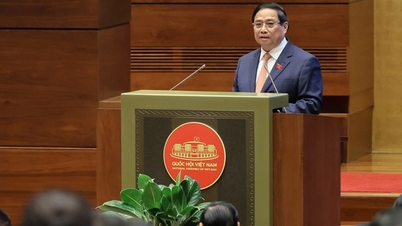

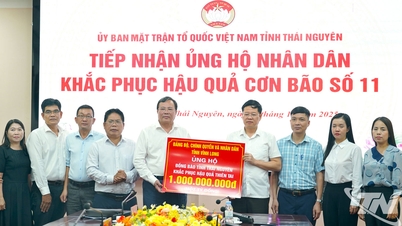




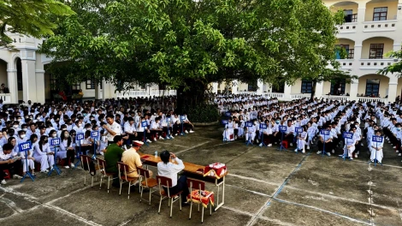


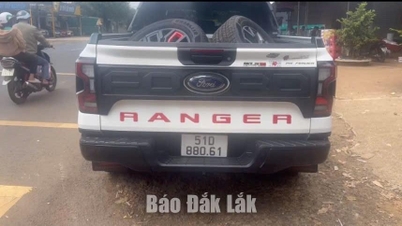



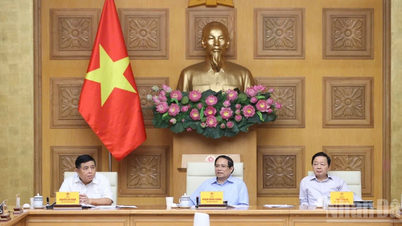
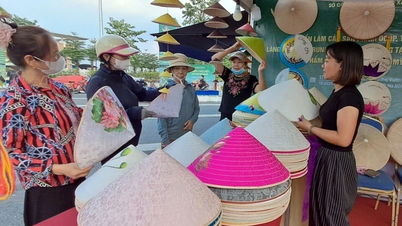



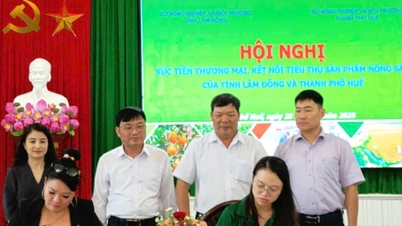





Comment (0)